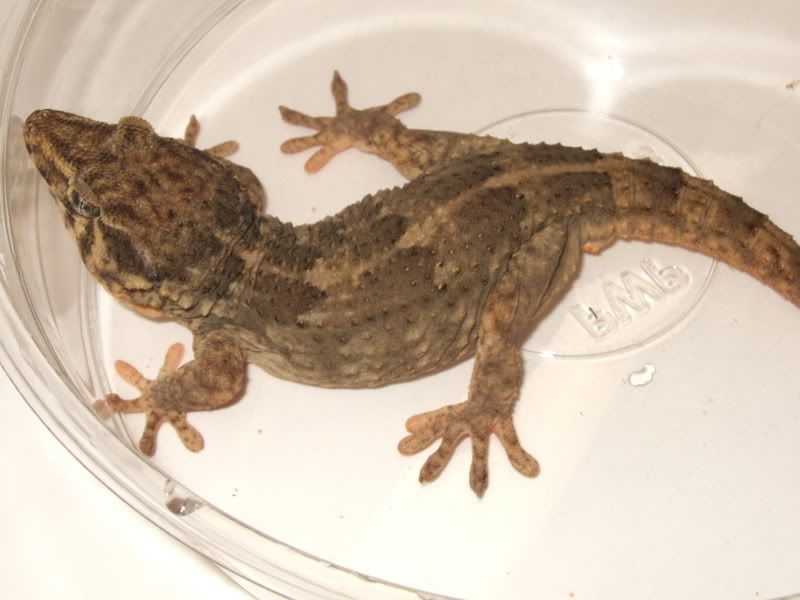Reptiluvr
New member
Here are pics of my T. gigas. I can't accurately sex them by looking for the usual bulge. I have heard different theories on how to sex them but I'm hoping someone with experience can give me more positive answers. The juveniles are each around 9 months old.
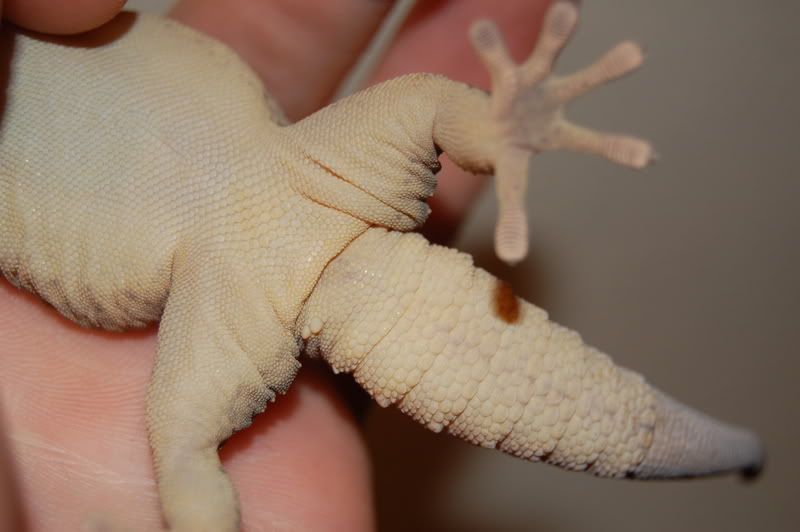
suspected girl #1

suspected girl #1
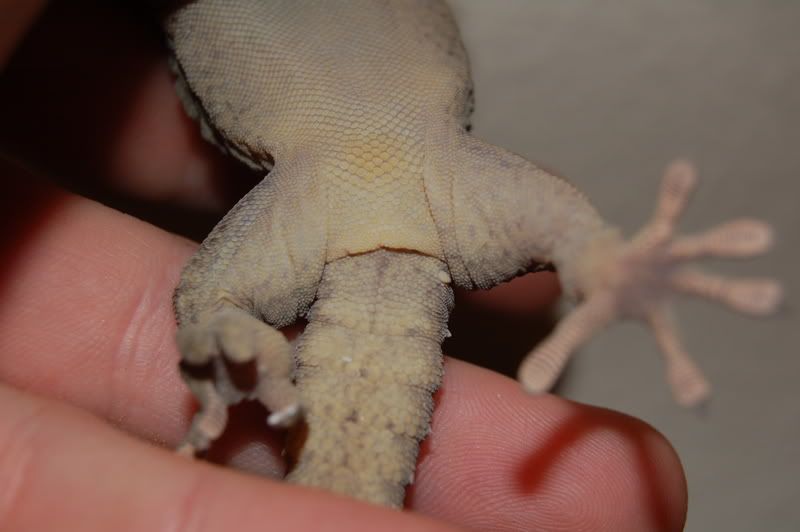
suspected male
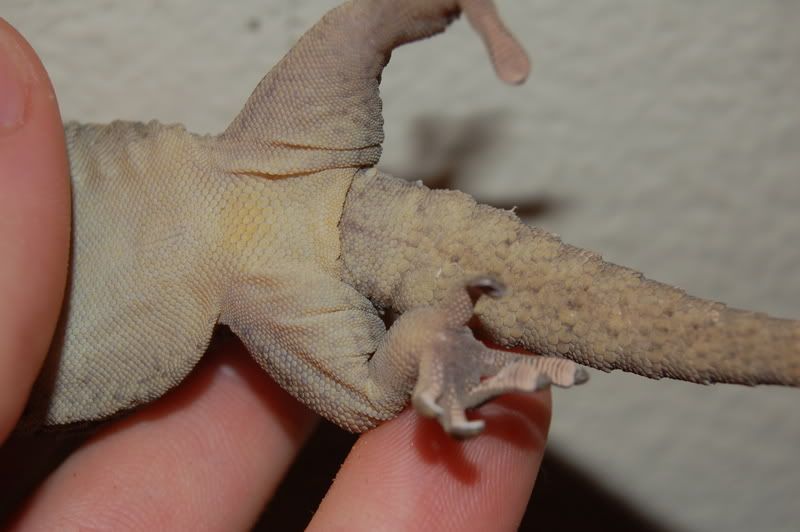
suspected male
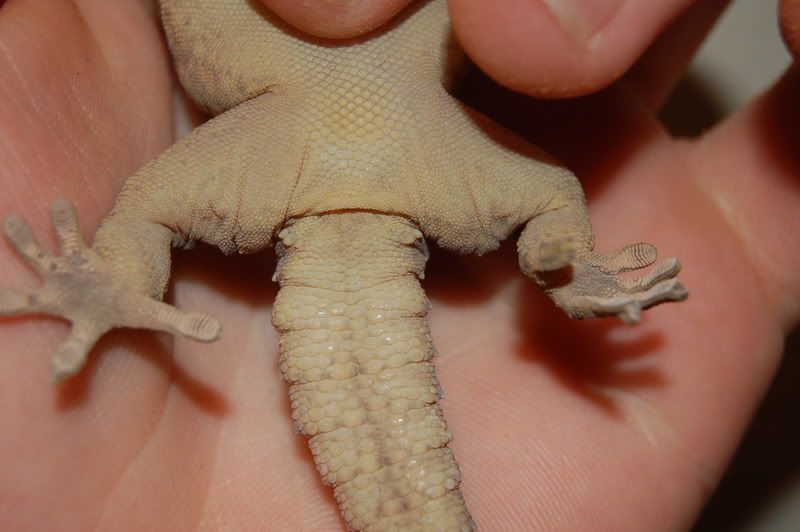
suspected girl #2
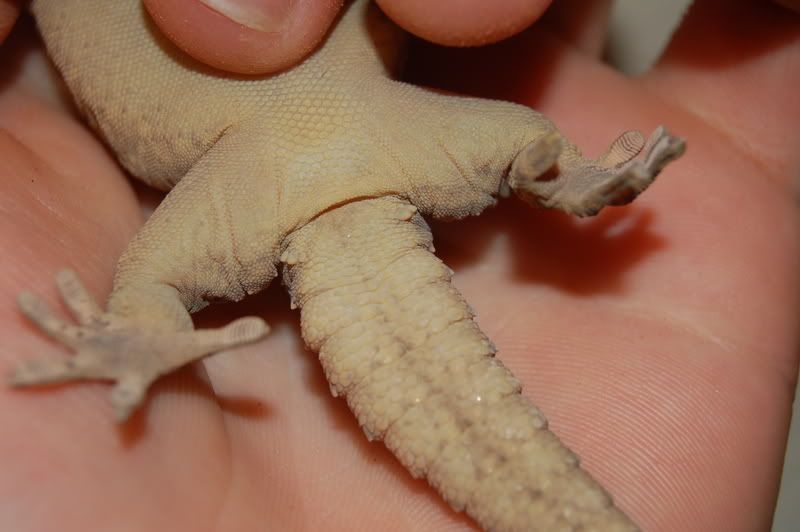
suspected girl #2
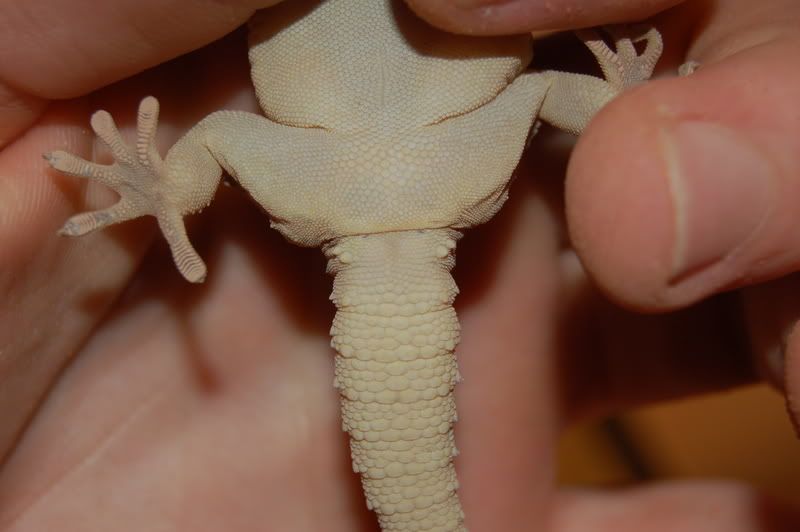
juvenile #1

juvenile #2
[/img]

suspected girl #1

suspected girl #1

suspected male

suspected male

suspected girl #2

suspected girl #2

juvenile #1

juvenile #2
[/img]


